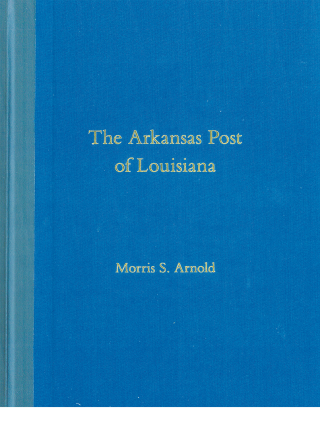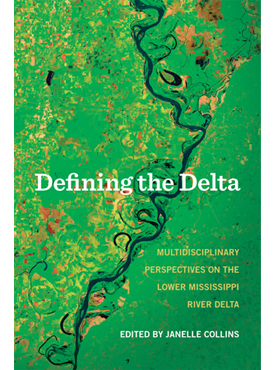Between 1819 and 1970, the town of Dardanelle, Arkansas, located on the south side of the Arkansas River in Yell County, Arkansas, experienced sustained prosperity and growth made possible by the nearby farming community known as the Dardanelle Bottoms.
A reciprocal relationship between the town and the Bottoms formed the economic backbone on which the area’s well-being was balanced. The country people came to town on Saturdays to buy their groceries and supplies, to shop and take in a movie or visit the pool halls or barbershops. Merchants relied heavily on this country trade and had a long history of extending credit, keeping prices reasonable, and offering respect and appreciation to their customers.
This interdependence, stable for decades, began to unravel in the late 1940s with changes in farming, particularly the cotton industry. In Dardanelle and the Bottoms, Mildred Diane Gleason explores this complex rural/town dichotomy, revealing and analyzing key components of each area, including aspects of race, education, the cotton economy and its demise, the devastation of floods and droughts, leisure, crime, and the impact of the Great Depression.
Mildred Diane Gleason is an associate professor of history at Arkansas Tech University. She is the coauthor of Warren G. Harding: Harbinger of Normalcy.
“As a work that is both personal and professional, Dardanelle and the Bottoms is a model of how to produce a record of local history. Relying upon over thirty interviews, newspapers, archival sources, and her family’s reminiscences, Gleason-a native of Dardanelle, Arkansas, retired history professor, and director of Gleason Historical Studies – provides an account of a small rural southern community and the resilience of its people that is both scholarly and moving. In six well-written chapters, Gleason covers the period from 1819 to 1970, from the origins of the fanning community, through its economic growth and prosperity in the first decades of the twentieth century, to the calamity of the Great Flood of 1927 and the Great Depression of the 1930s, and its slow demise as technology and transportation reduced the town to an afterthought within the state by the 1970s. … Dardanelle and the Bottoms is an excellent case study of the rise and fall that affected many southern rural communities where geography, commerce, and industry often determined which survived and which declined. It also is a reminder of the importance of local history in understanding how national and international events affect communities and individuals.”
—David Cullen, Arkansas Historical Quarterly, Winter 2017
“Dardanelle and the Bottoms is a meticulously researched study of an Arkansas community over its entire life—its economic ups and downs, its racial problems, its slow transformation from a thriving agricultural center to a struggling twenty-first-century town. There is much to learn here, for the future of all such small towns.”
—Shirley Abbott, author of Womenfolks and The Bookmaker’s Daughter
“Thoughtfully analyzing Dardanelle and the adjoining fertile bottomland along the Arkansas River, Mildred Gleason untangles the unique relationship between town and less-civil countryside. Ultimately, the mid-twentieth-century transformation of agriculture and its demographic wreckage replicated versions of the Dardanelle and the Bottoms story across the southern and US landscape.”
—Pete Daniel, author of Deep’n as It Come
Winner, 2018 J. G. Ragsdale Book Award from the Arkansas Historical Society
Winner, 2018 Worthen Prize from the Central Arkansas Library System




